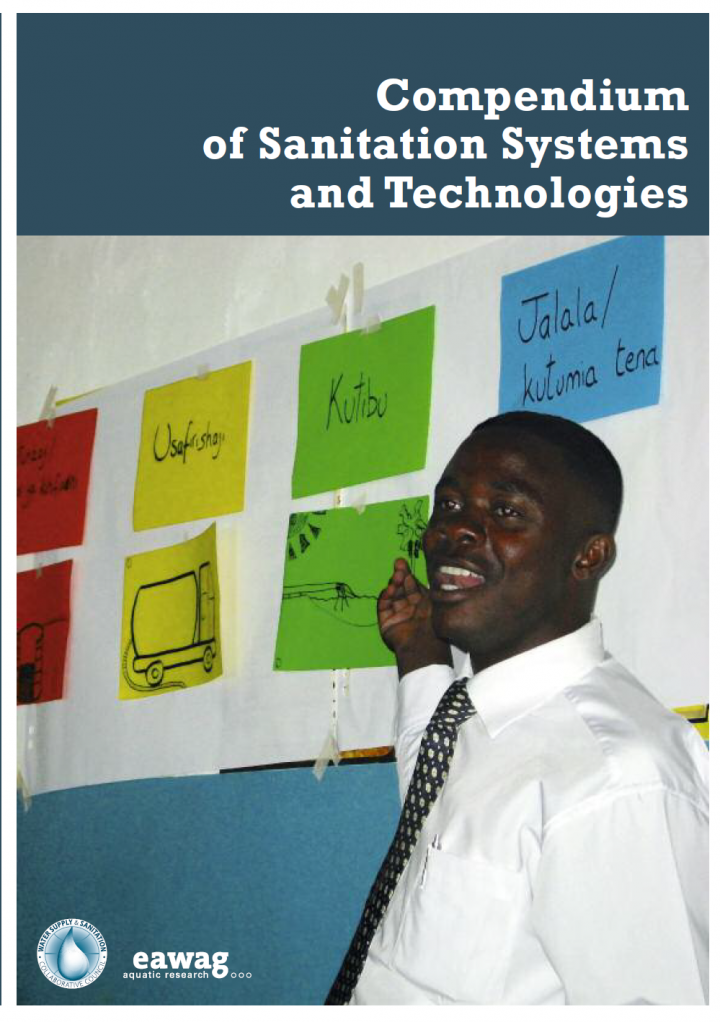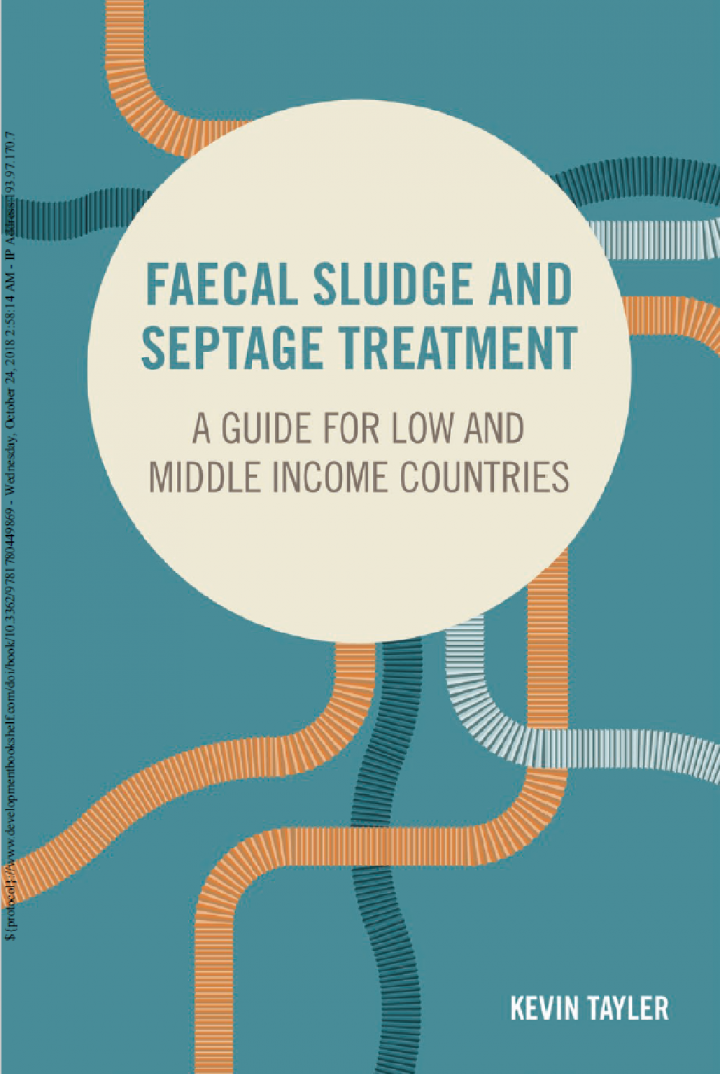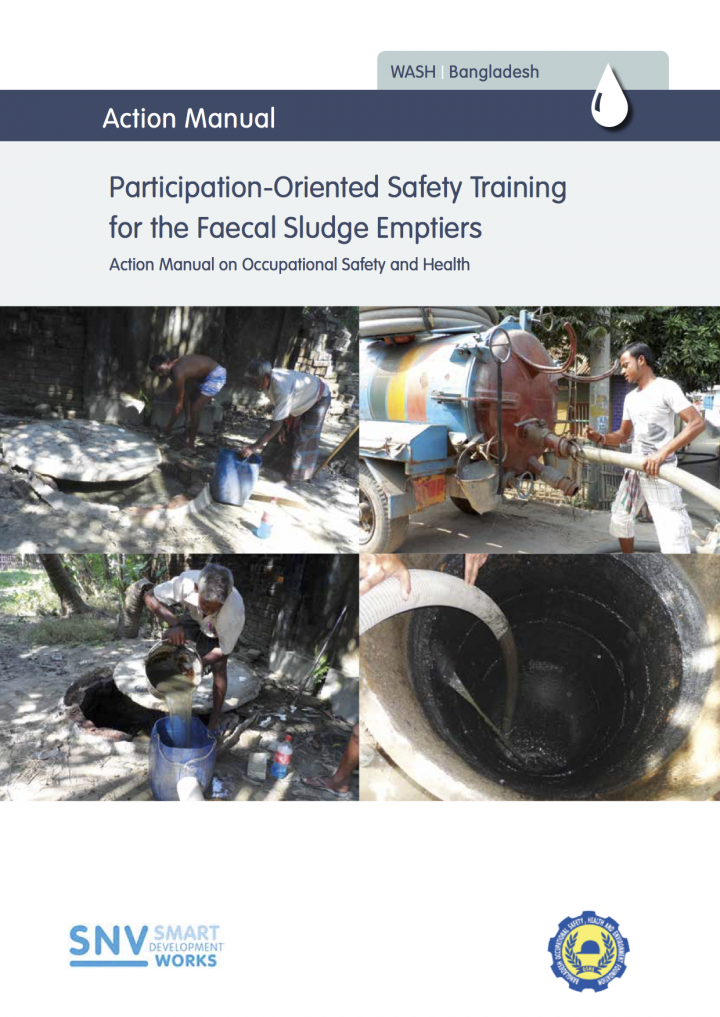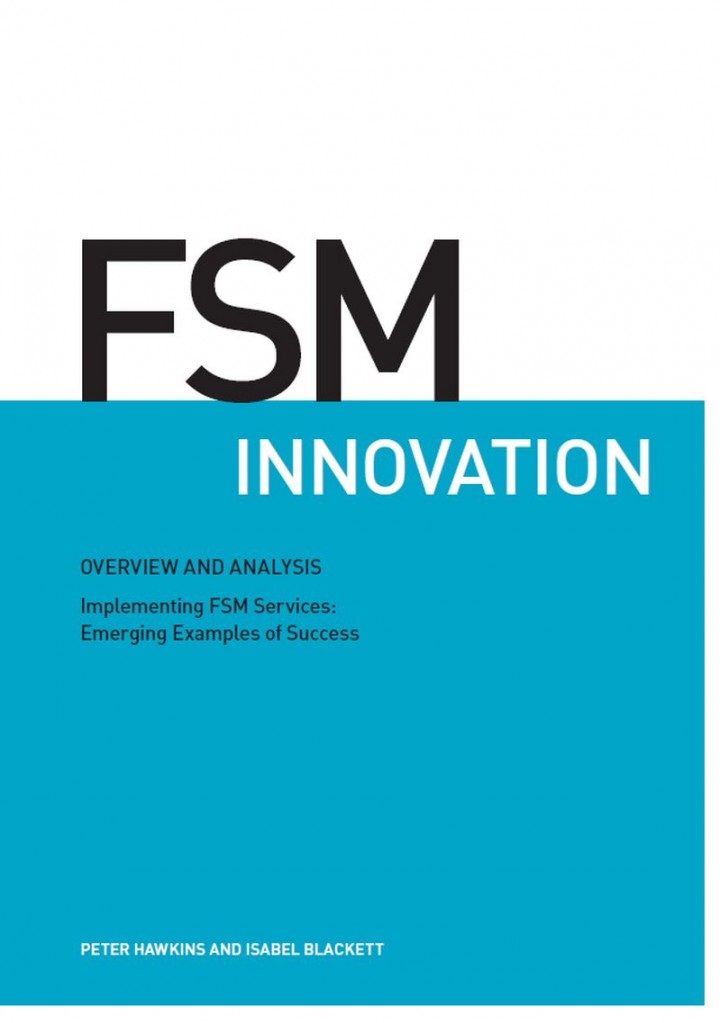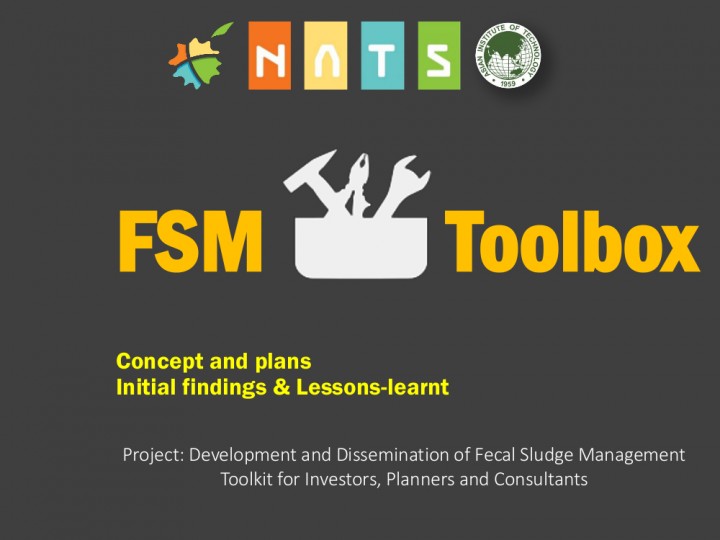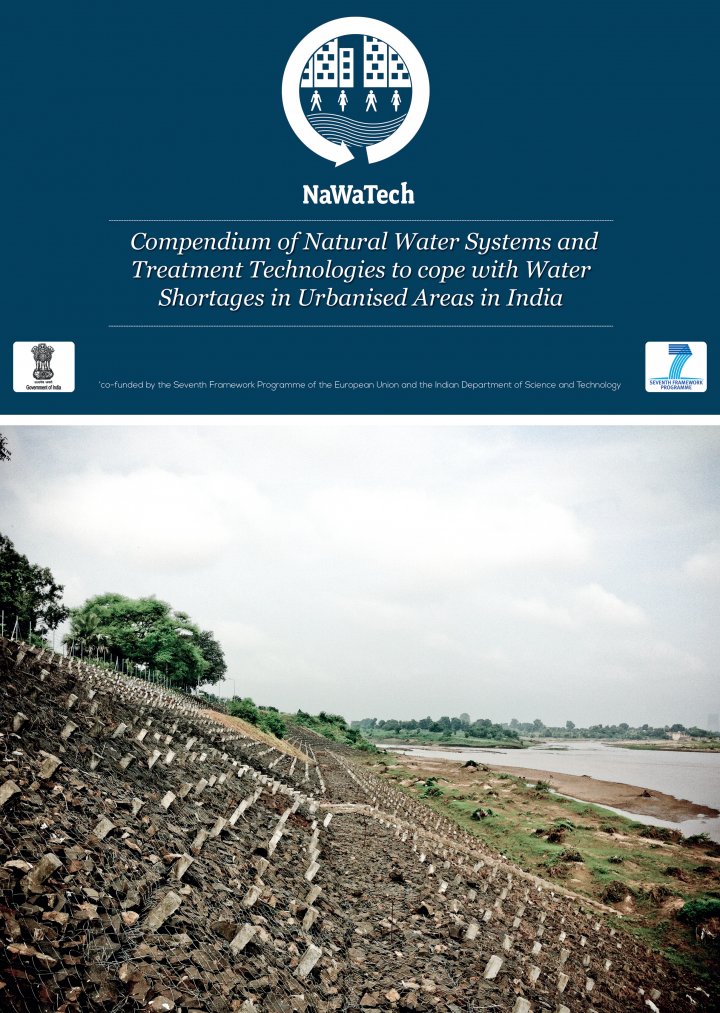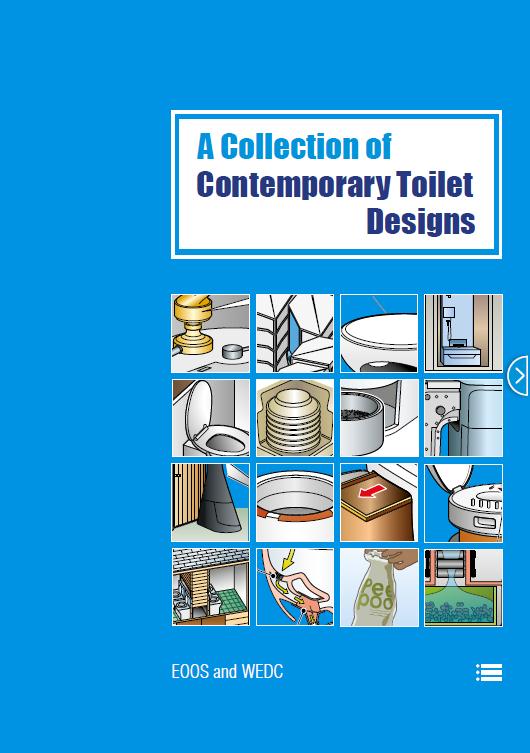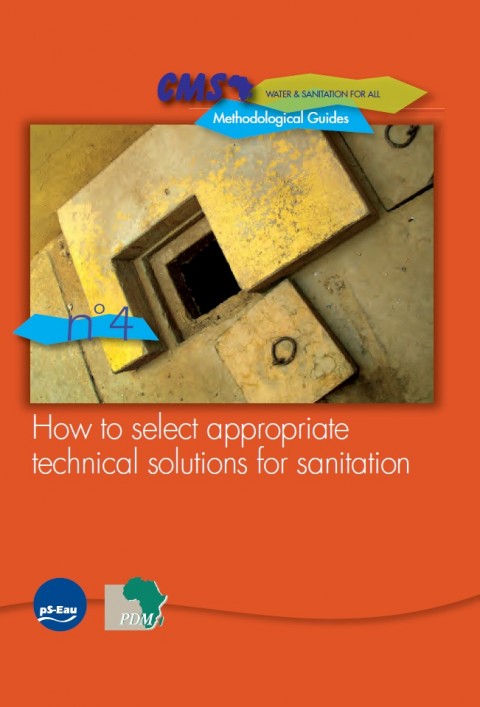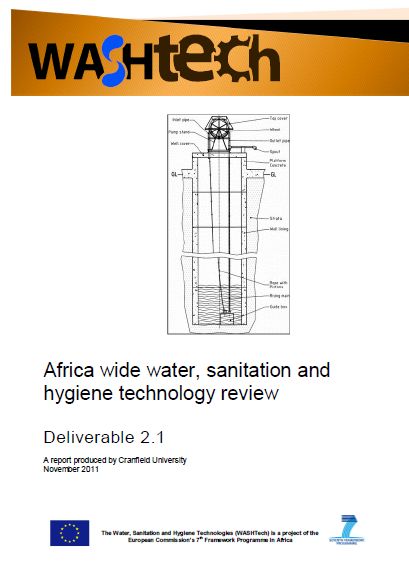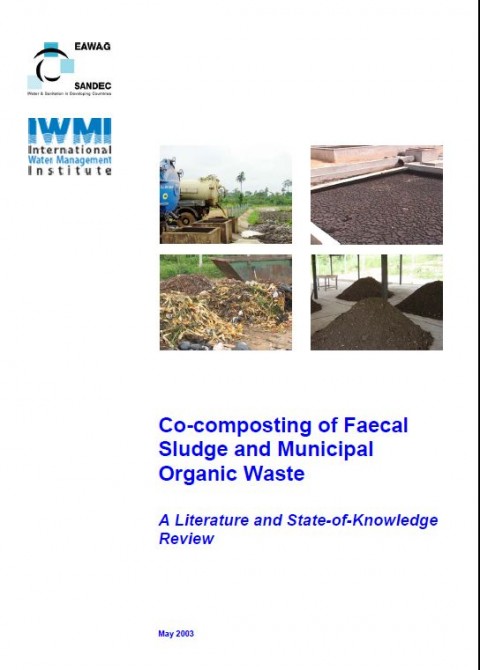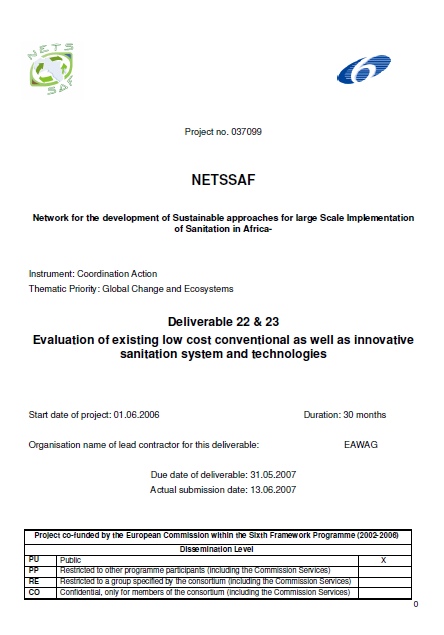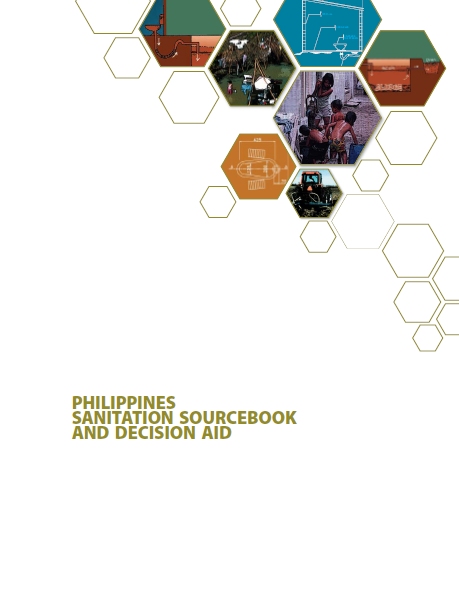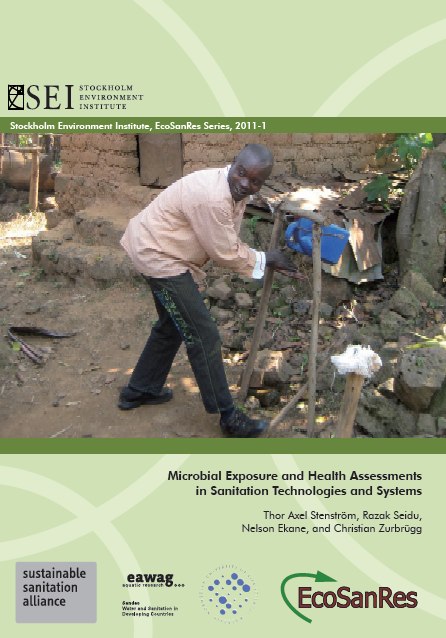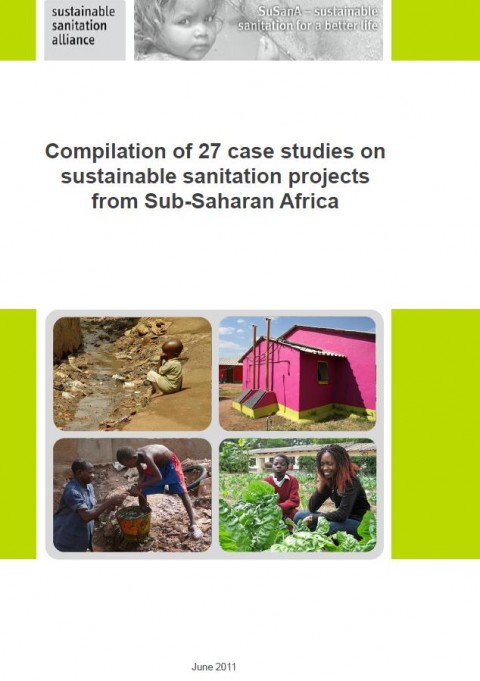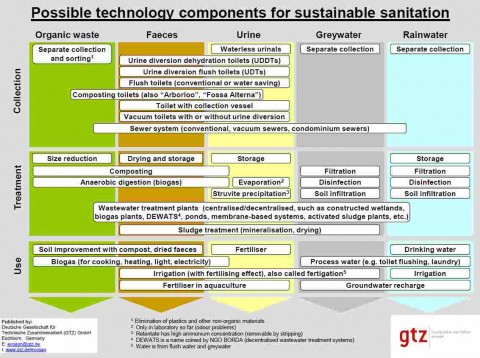Searching for information on Sanitation Workers?
The Sanitation Workers Knowledge + Learning Hub is the best source for all current news, trends, articles and updates on sanitation workers rights around the world.
The present project (K5/2897) was about the development, testing and evaluation of two prototype solar thermal drying technologies for the treatment of faecal sludge, namely a greenhouse-type solar dryer and a screw conveyer, and it included a pre-feasibility study.
The prototype testing showed that, temperatures between 35 and 45°C could be obtained with peaks up to 50°C, as well as relative …
The aim of this project is to characterize the moisture boundness in faecal sludge, i.e. how moisture can be found in the sludge structure matrix and its interactions with the solid material. The understanding of moisture boundness will be greatly beneficial to improve the dewatering and thermal drying processes.
The limit of bound-unbound moisture varies between 50 to 70% moisture content …
The present document consists of an addendum of data to the Handbook of Methods for Faecal Sludge Analysis. It is part of a project funded by the Bill & Melinda Gates (BMGF) through the OPP1164143, untitled “Characterization of faecal material during drying”. This project was granted for funding after the 5-years Transformative Technologies convening at the BMGF headquarters in 2016, where …
The objective the Compendium is threefold:
1. Expose the Compendium user to a broad range of sanitation systems and innovative technologies;
2. Help the Compendium user understand and work with the system concept, i.e. the process of building a complete system, by iteratively choosing and linking appropriate technologies;
3. Describe and fairly present the technology-specific advantages and …
This book deals with the treatment of faecal material and supernatant water removed from on-site and decentralized sanitation facilities and systems. Its main focus is on treatment facility design but this can never be viewed in isolation. Rather, it must reflect local conditions, start from a realistic assessment of the load on the plant, and take account of the final destination of the liquid …
The broader objective of the Participation Oriented Safety Training (POST) manual is to support emptiers and employers involved in this field to improve their knowledge of occupational health and safety in both manual and mechanical operations. The present training manual aims to address the risks involved in faecal sludge handing and emptying operations through the implementation of …
Worldwide, 2.7 billion people rely on onsite sanitation and more than 4.5 billion people do not have access to safely managed sanitation services. Yet, in many places there is still no management system in place to deal with the faecal sludge (e.g. septage and pit latrine sludge) from such systems. This results in the faecal waste often being dumped directly into the immediate residential …
This library entry contains key documents involved in the implementation of the UBSUP programme, from the social marketing for improved toilet at household level to the construction and operation of the sanitation infrastructures (toilet and Decentralised Treatment Facility). Note that more documents are available on the SafiSan toolkit located in the WSTF website, see link below.
As an …
The sanitation ladder is a useful tool that is being used to monitor progress towards the sanitation target of the MDGs. This tool could be even more useful if it can be refined to be based on the functions of sanitation systems rather than on a hierarchy of predefined sanitation technologies.
This paper presents a seven-rung function-based sanitation ladder where the functions can be broadly …
Providing adequate water supply and sanitation, particularly in urban areas, is a challenging task for governments throughout the world. This task is made even more difficult due to predicted dramatic global changes. Population growth, urbanisation, increasing industrialisation, climate change and a steep increase in water consumption are putting pressure on urban water resources. In order to …


